
MONTANA |
VIDIN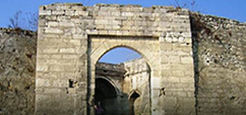 |
DOLJ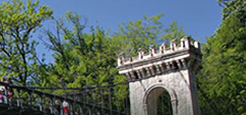 |
Interactive map |
| CULTURAL-HISTORICAL RESOURCES | CULTURE AND RELIGION | FOLKLORE, CRAFTS AND TRADITIONS | EVENTS | TOUR PACKAGES |
HistoryVidin has a rich history. From ancient times are found artifacts that testify for the presence of individuals of the species Homo sapiens in the region. Findings from the late Old Stone Age, dating from around 40,000 to 10,000 BC in the cave has Mirizlivka (Kozarnika) close to village of Oreshets, Belogradchik area. It is the one of the earliest inhabited by primitive man caves around the turn of the Stone Age. Settlement from the Neolithic era and Eneolithic was found on 1.5 km. northwest of Vidin. The village dates back from the late New Stone (Neolithic) and Copper-Stone (Eneolithic) Age - 5000-3000 BC. A village from the Bronze Age was found in the village Gradets (Vidin). It is situated in the area "Surinat briag", on 2-3 km. southwest of village of Gradec. The Thracians have great importance for the history of Vidin. Thracian tribes for centuries had suffered invasions of different people. The March of the Macedonian king Philip (350-336 BC, considered to be the founder of Plovdiv) against Moesians and the Bessi ended in failure. His son, Alexander the Great however succeeded to subdue the Danube area. In the third decade of the 1st century BC the attacks by the Romans had started. The first evidence of the occurrence of the village on the great bend of the river dates back to the 3rd century BC. Then the Celts built a fortified camp named Dononia, meaning high and fortified place. Romans fully shaped the fortress, designed to protect the Danube border road and named it Bononia. Bulgarians call the city Bdin and Byzantines - Vida. Meanwhile it was repeatedly destroyed and rebuilt. In 1003 Samuil's son Gavril Radomir withstood 8-month siege of the Byzantine emperor Basil II. The Zenith of the town was reached the end of the 14th century, when it became the capital of the kingdom of Bdin of Ivan Sratsimir (1360). Vidin Kingdom is an independent Bulgarian state which existed during the second half of the 14th century. It occurs on the fief of the Bulgarian boyars Shishmans and covers the northwestern Bulgarian lands. It was an important port and trading center for goods not only for local needs, but also for transit trade with Wallachia, Magyar, Dubrovnik and more. In the Gospel of 1360 was said that it was written in "the great and populous city Bdin". Its rise was interrupted in 1396, when the Ottomans conquered it. Bulgaria started counting the dark 482 years of Turkish rule, the endless 127,195 days of persecutions, terror, human misery, assimilation and open genocide. During all these centuries Vidin was large fortress and an important administrative center. In 17th century was called “the main city of Bulgaria". Between 1794 and 1807 the city became the center of the absolute Turkish ruler Commander Osman Pazvantoğlu, who declared himself an independent ruler of a significant part of northwestern Bulgaria. During his time began a large-scale construction in the city - new streets were built, high administrative buildings were raised, mosques, madrassas were built, etc. Some are preserved even nowadays. Gradually Vidin became oriental city, particularly with the settlement of many Turks after the defeat near Vienna and the liberation of Serbia. Vidin has built its structure and appearance for centuries. Ancient Roman, medieval Bulgarian, Turkish, post-liberation and new Vidin had piled one upon another. These have interlaced in complicated manner their traits, mutually had denied or continued their relationship in time. |
MOST VISITED
PUBLICATIONS
TOURIST INFORMATION
Where to sleep
Where to eat
Transportation
Recent archaeological excavations, research, restoration
Links
|
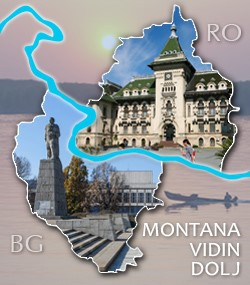
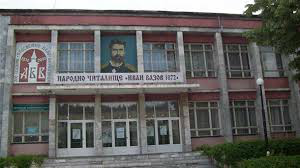
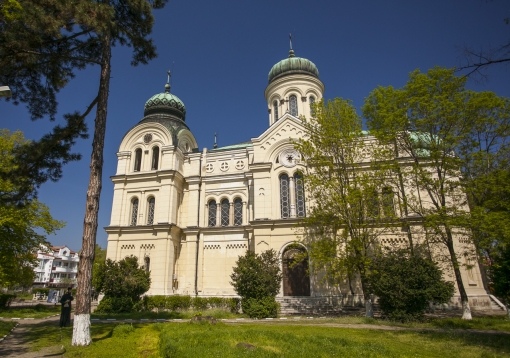
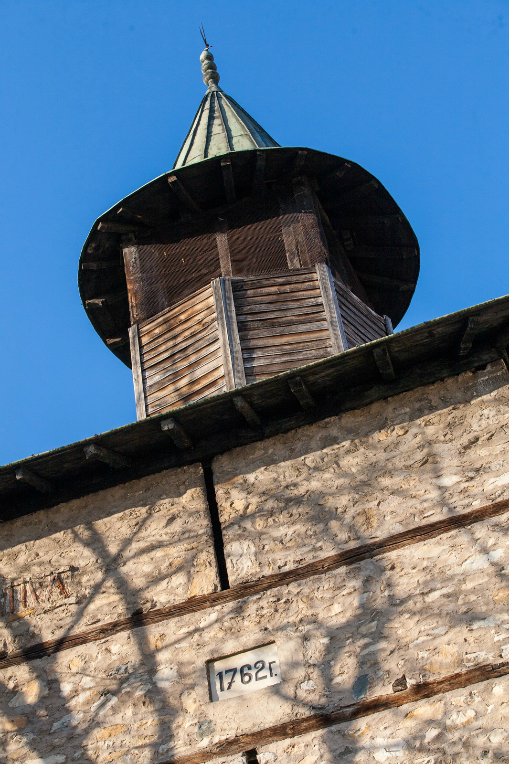

 Google Play
Google Play App Store
App Store 
